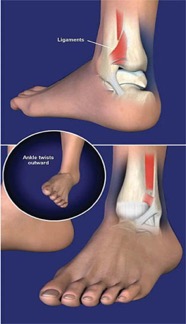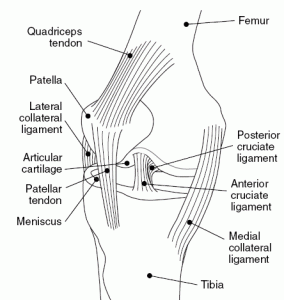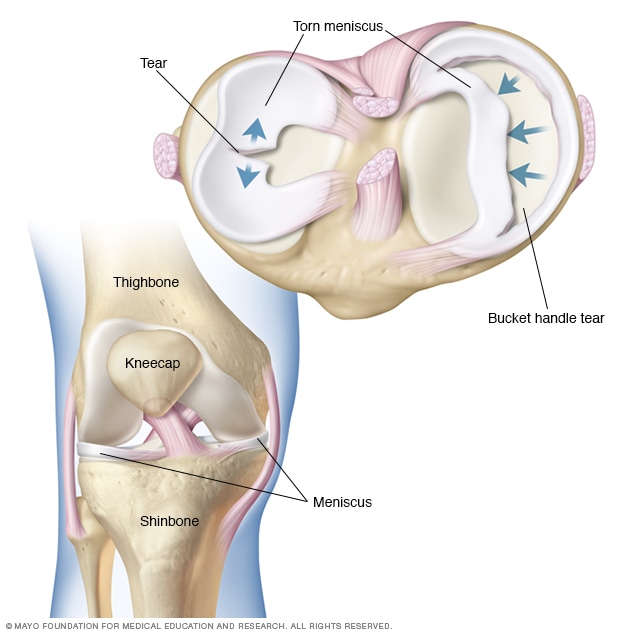On September 22nd, New York Giants running back Saquon Barkley injured his ankle during the Giants game against the Tampa Bay Buccaneers. Barkley’s ankle bent awkwardly after getting caught underneath Buccaneers’ safety Mike Edwards during a tackle. Barkley was carried off the field and returned to the sideline in a walking boot and crutches.

An MRI the next day confirmed that Barkley suffered what is often referred to as a high ankle sprain. As we often note on the sports injury blog, most of these MRIs are not particularly helpful and most non-professional athletes go without them.
High ankle sprains involve a set of ligaments above the ankle joint between the tibia and fibula. These ligaments form the syndesmosis.
The standard treatment for high ankle sprains is rest, ice, compression, and elevation. Surgery is sometimes offered for more severe sprains (complete ligament tears) and some specific types of ligament injuries.
Barkley will not have surgery, but will miss the next 4-8 weeks while the ligaments heal. Barkley recently informed ESPN that he had a similar injury while he was a freshman at Penn State, and only missed two games.


